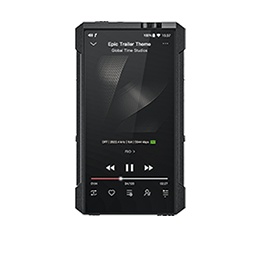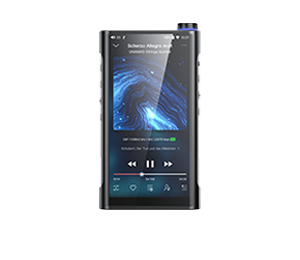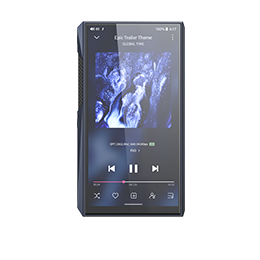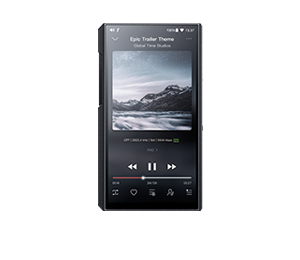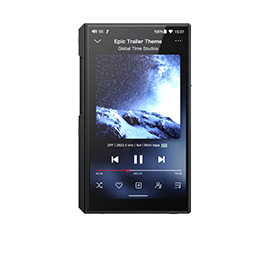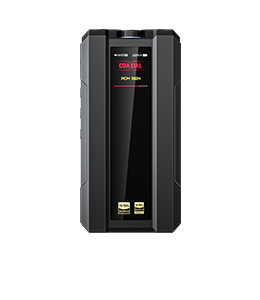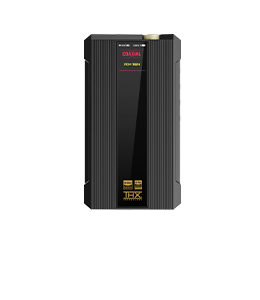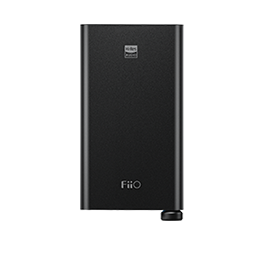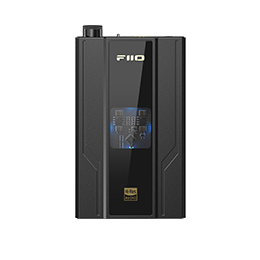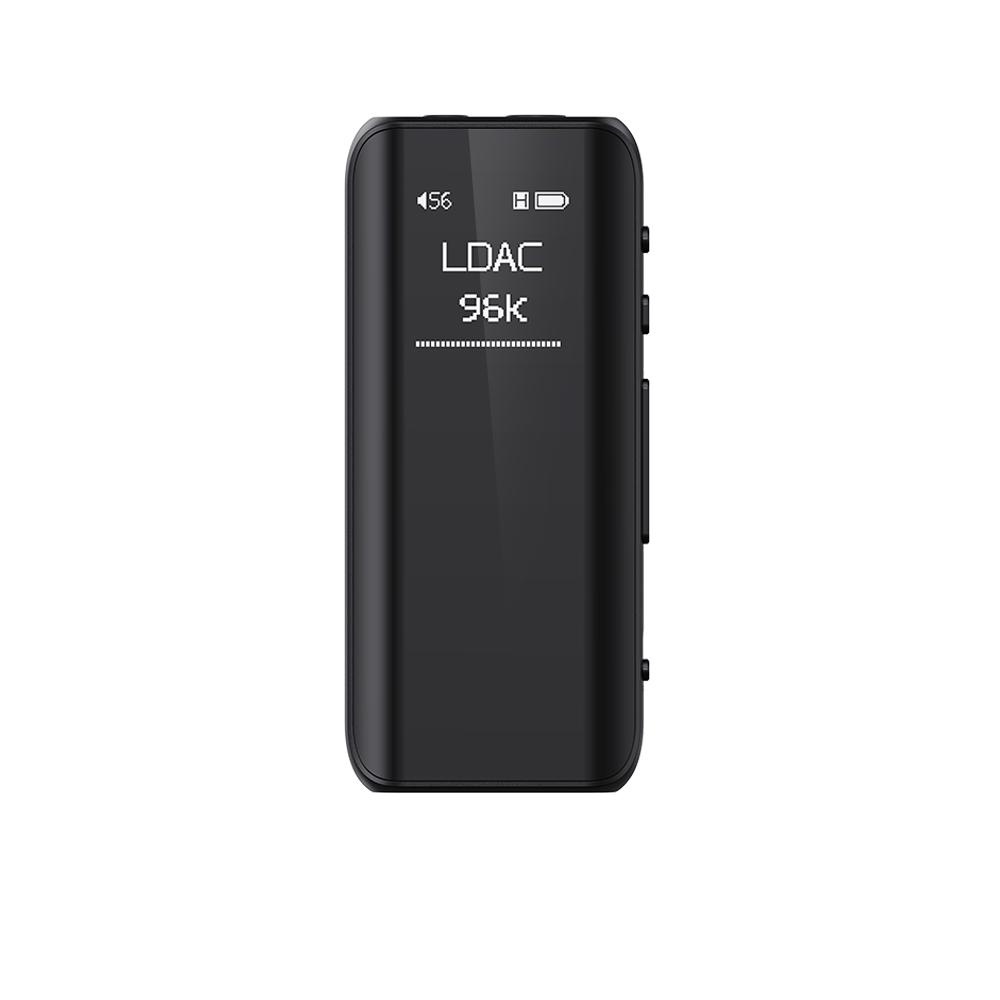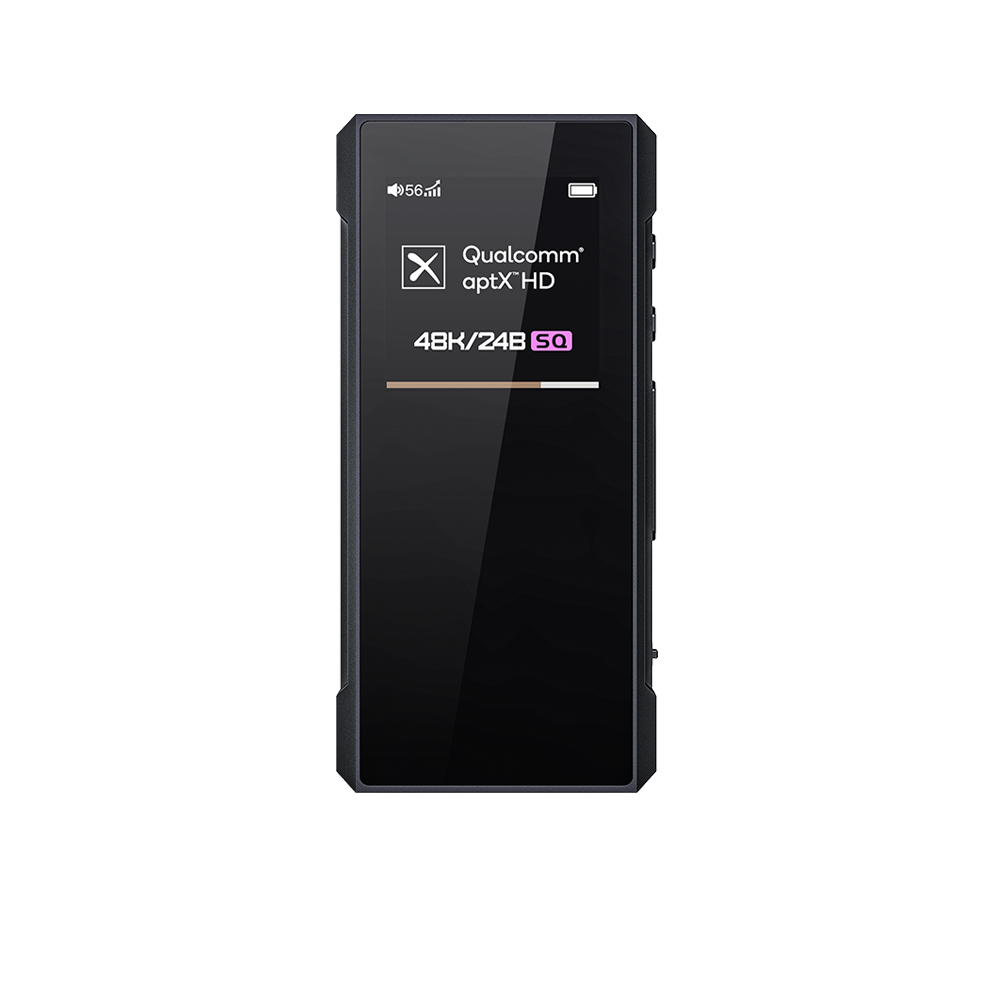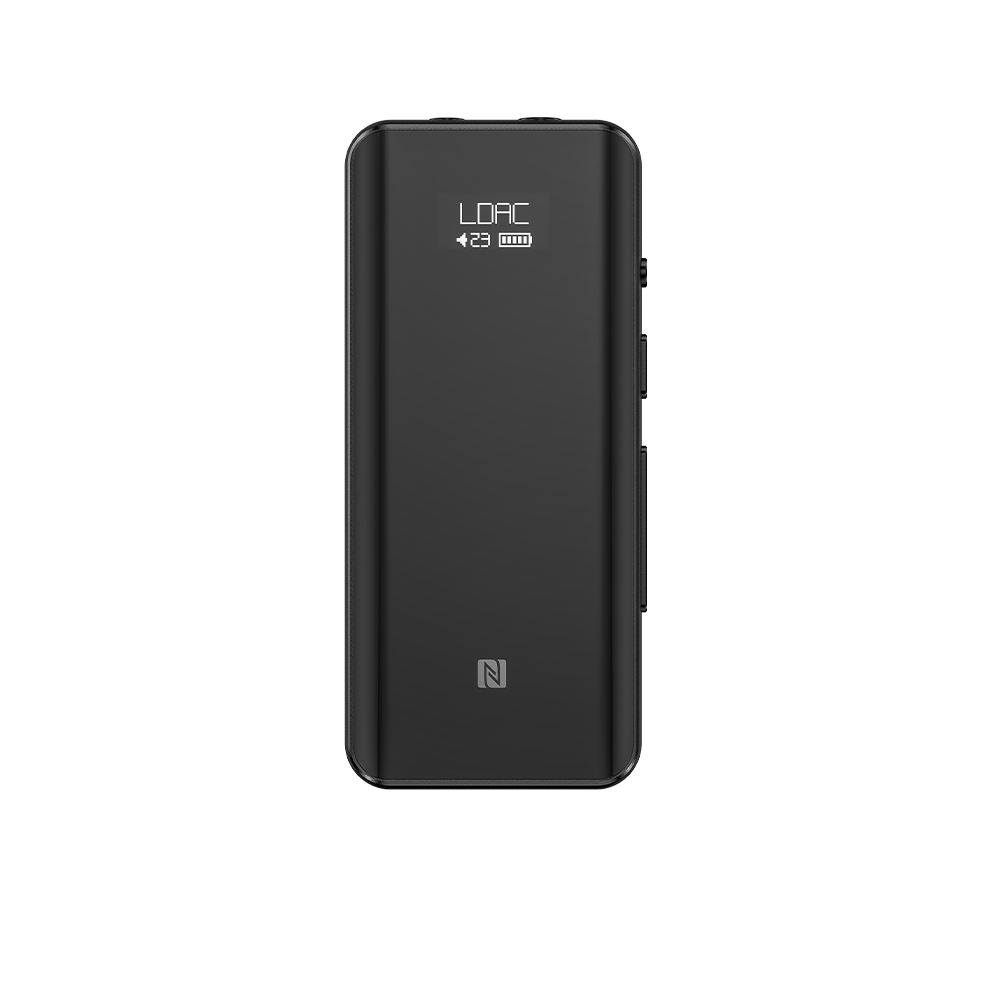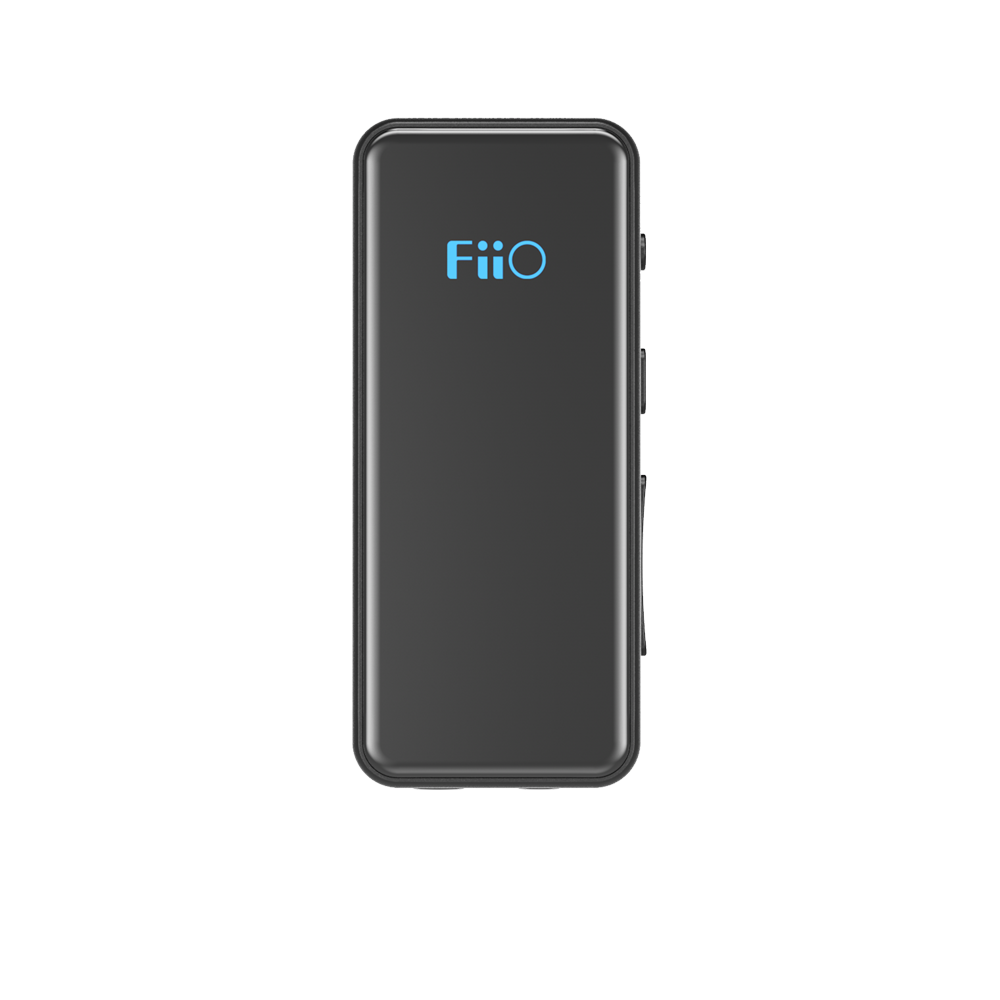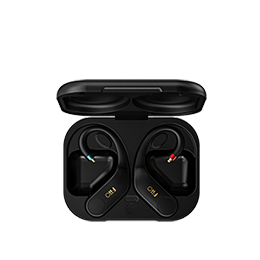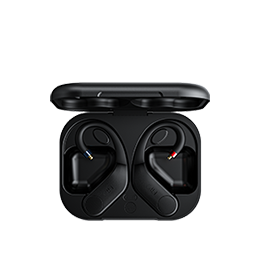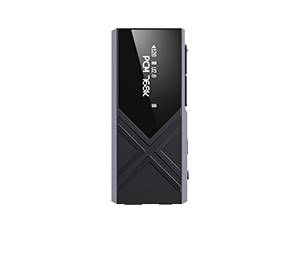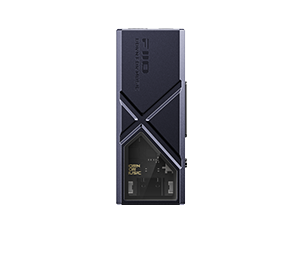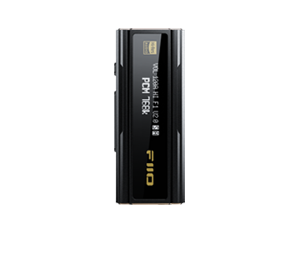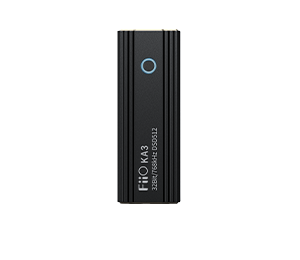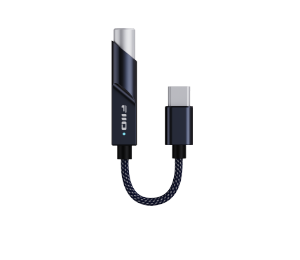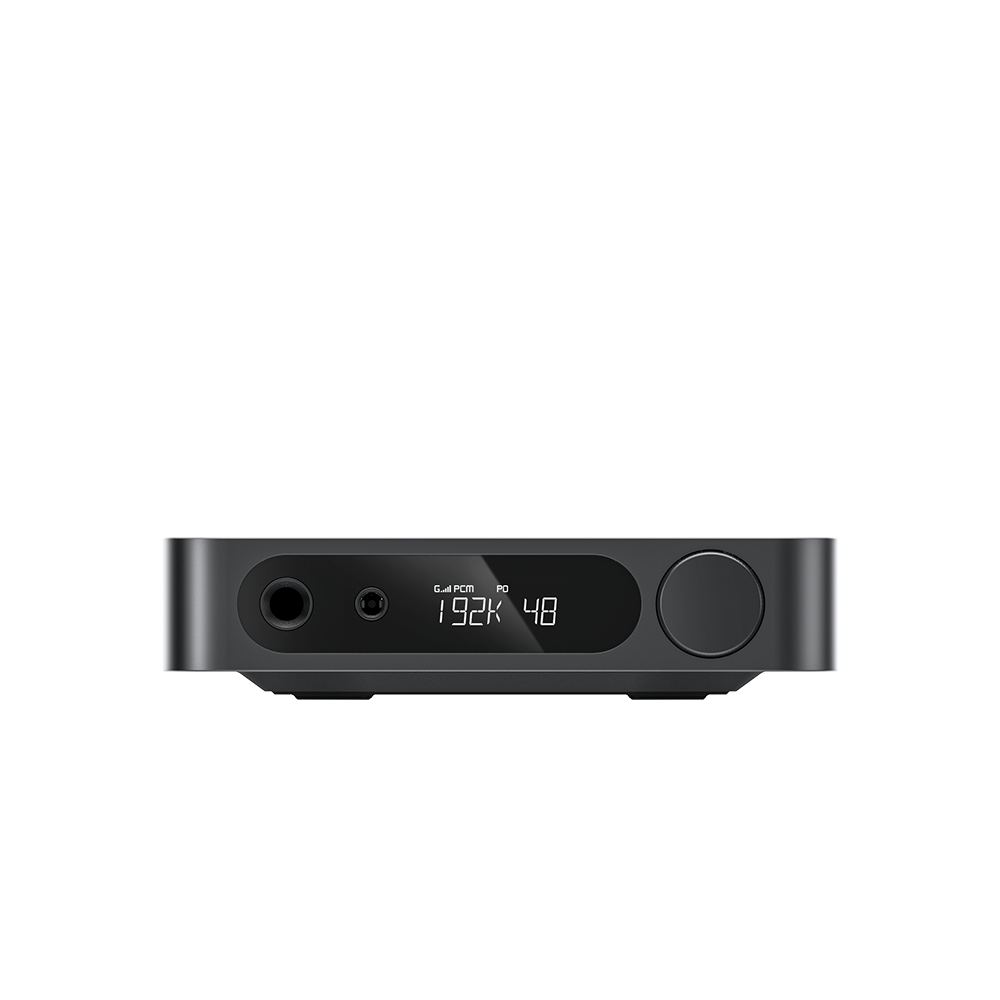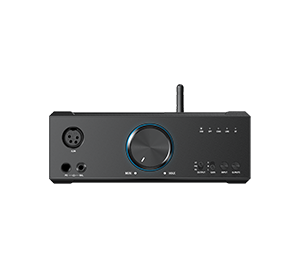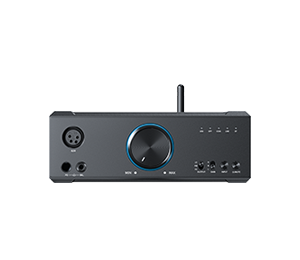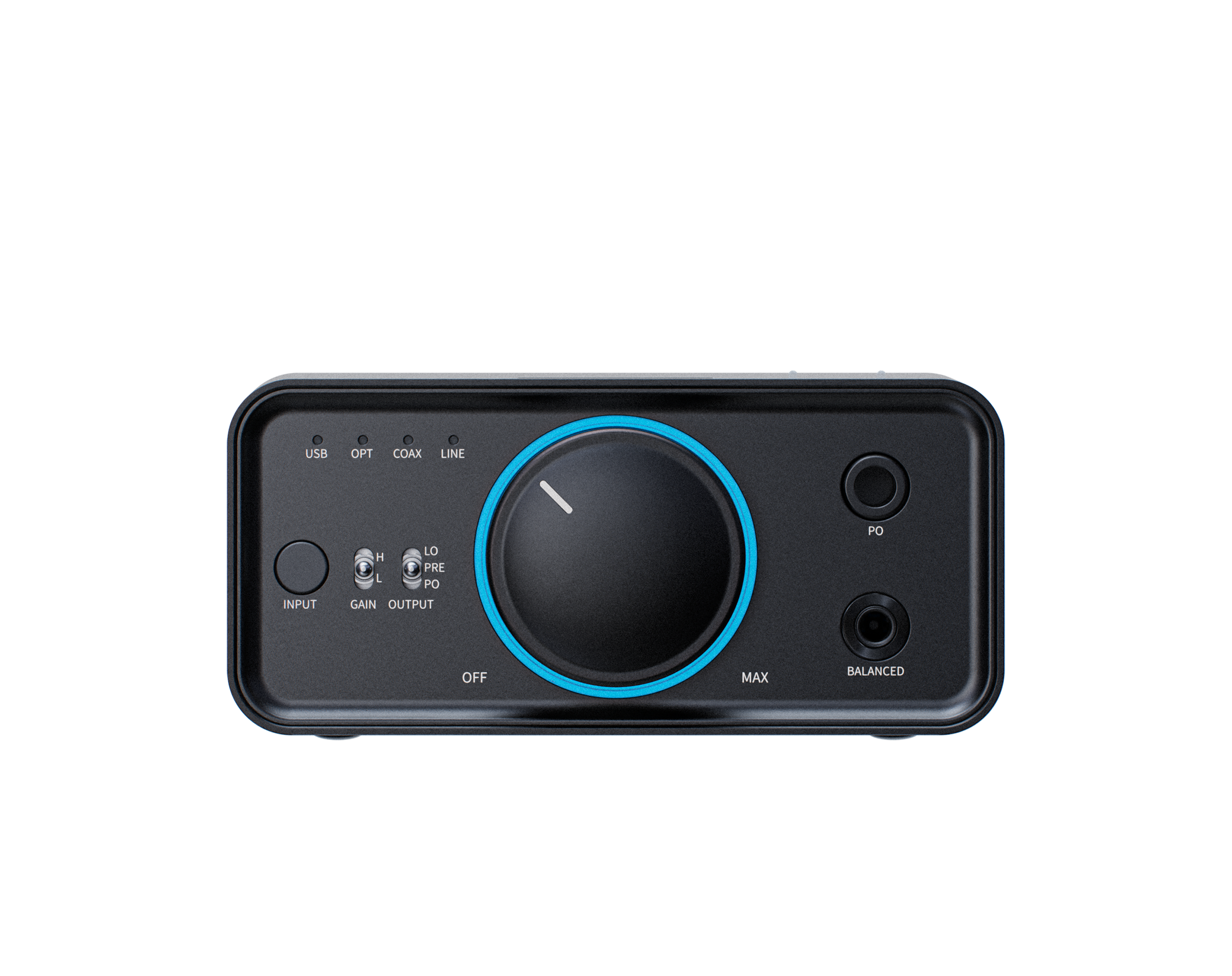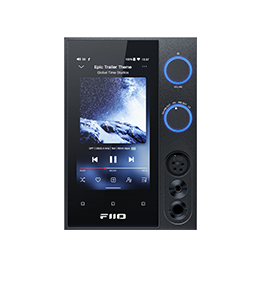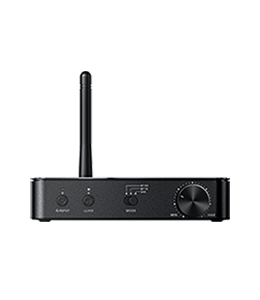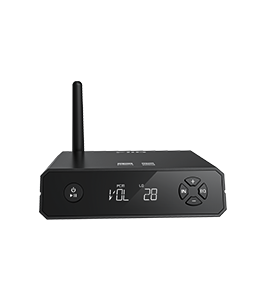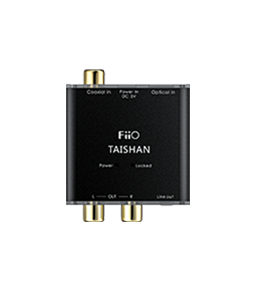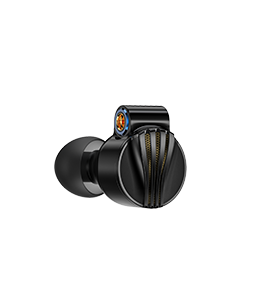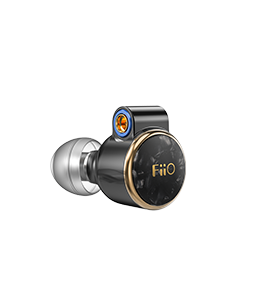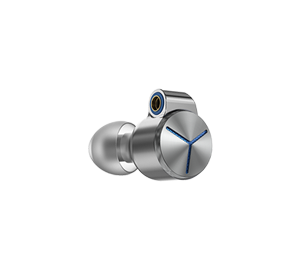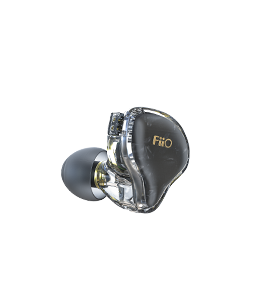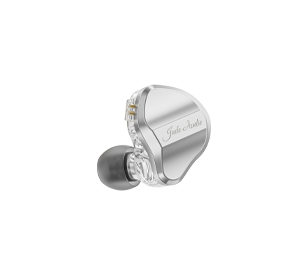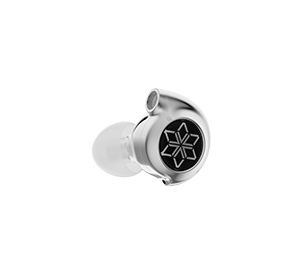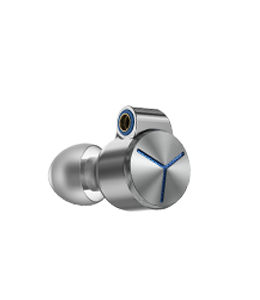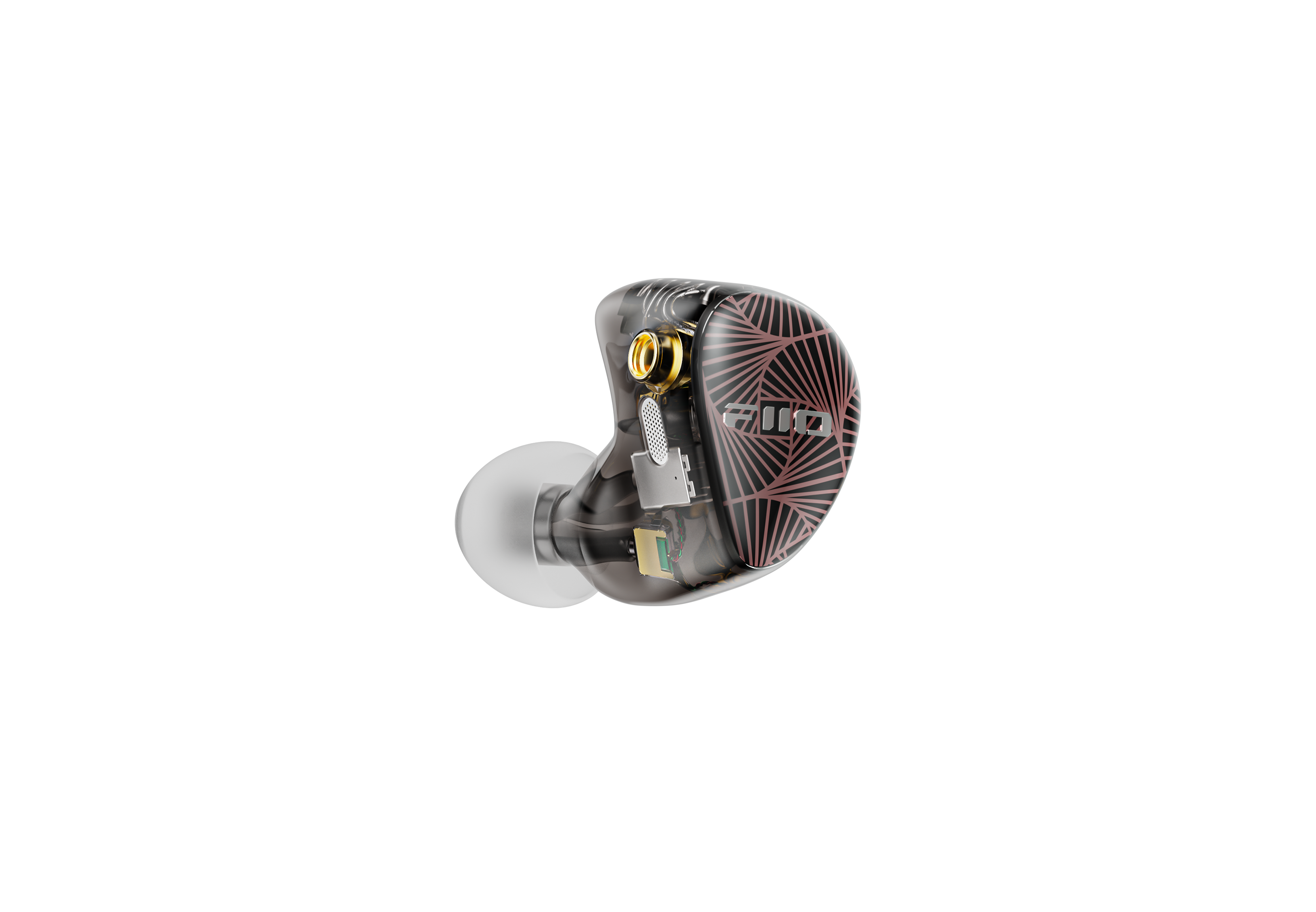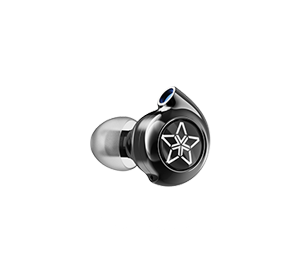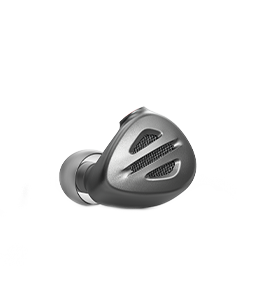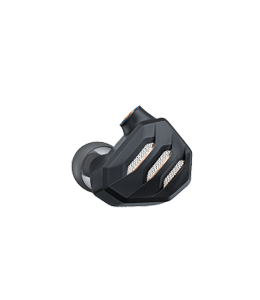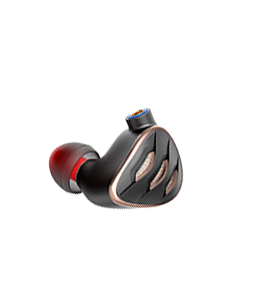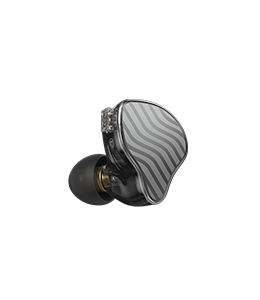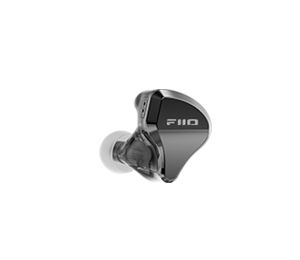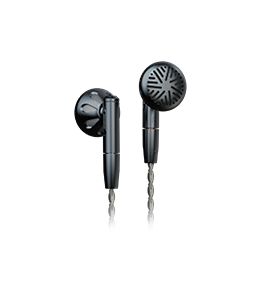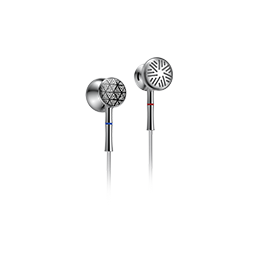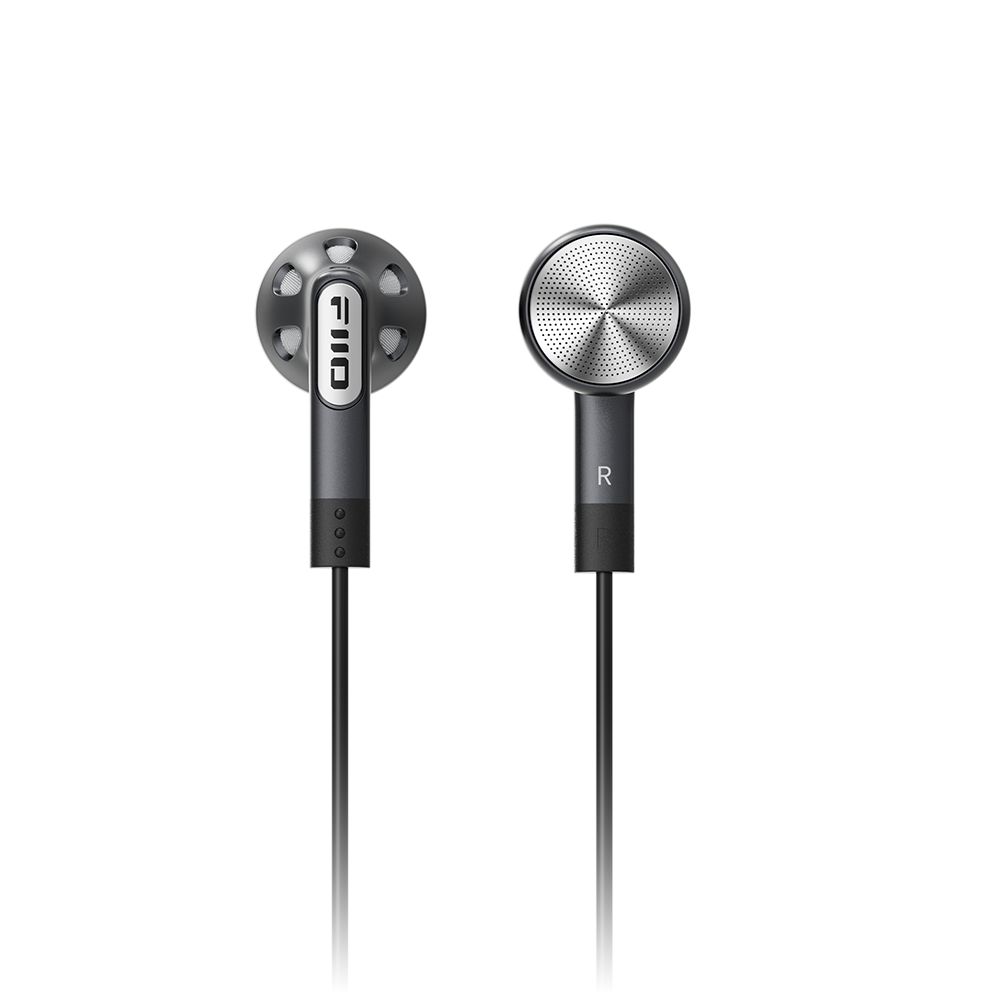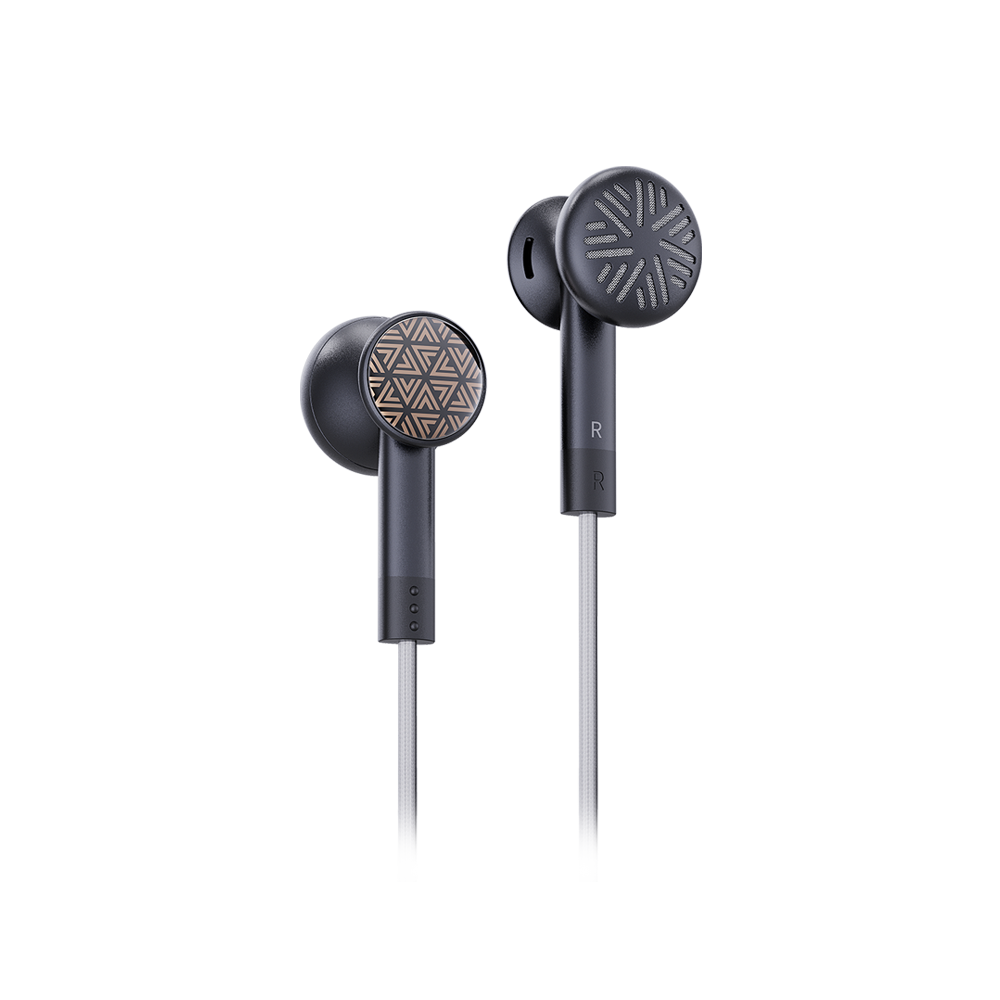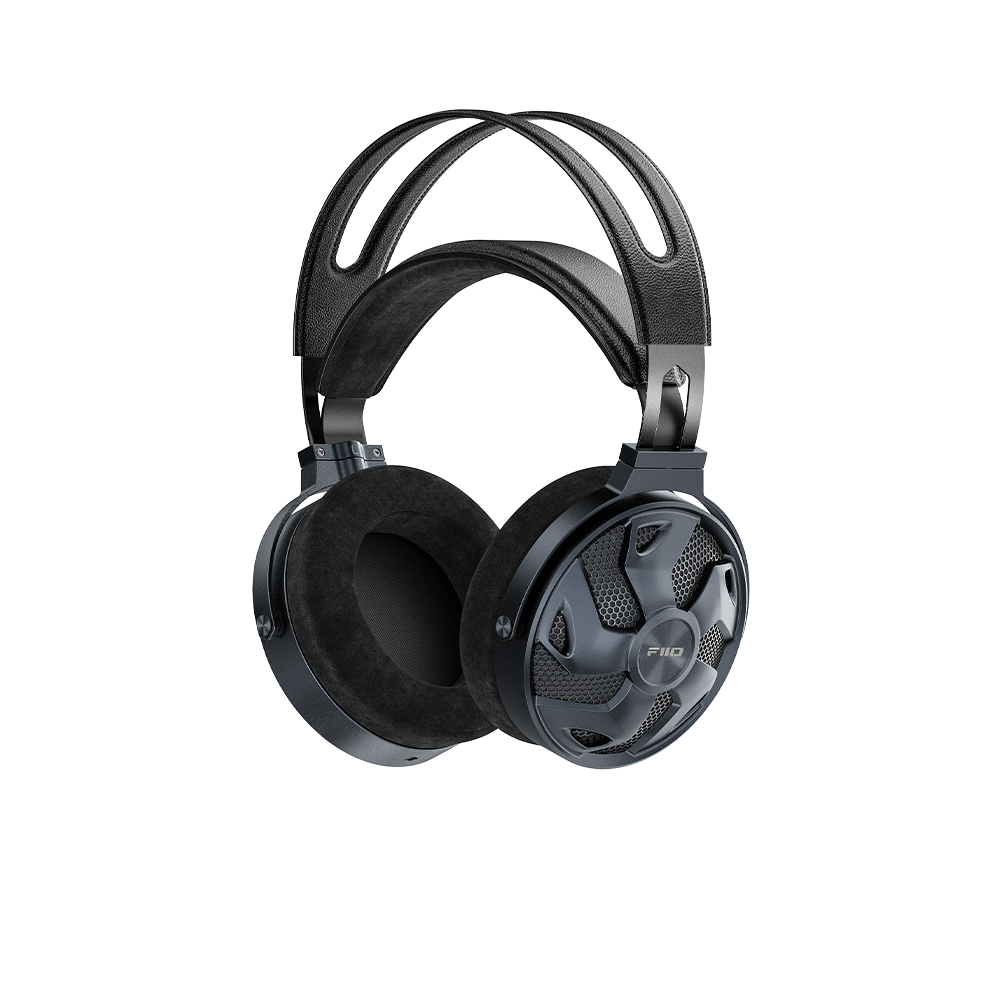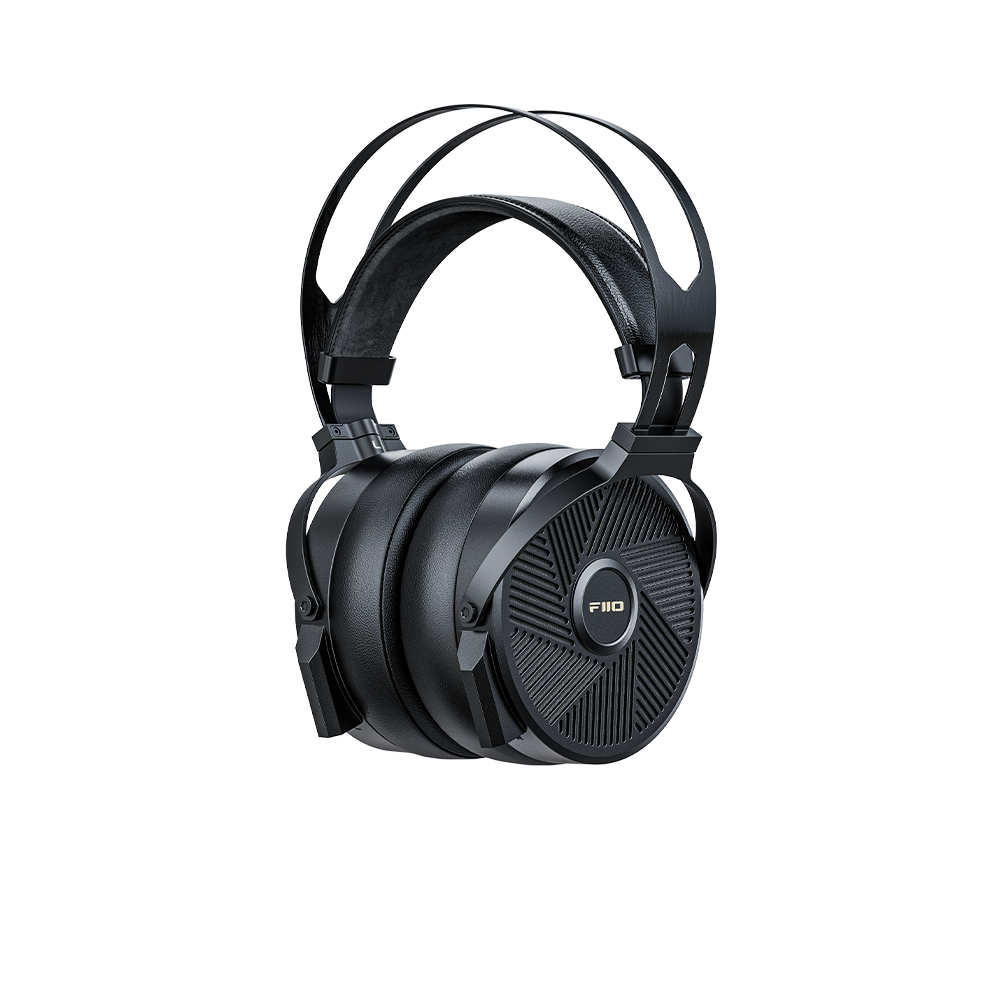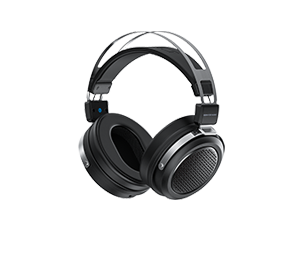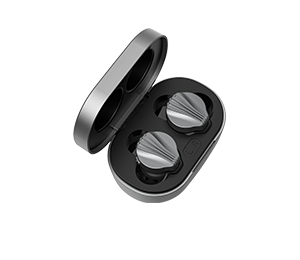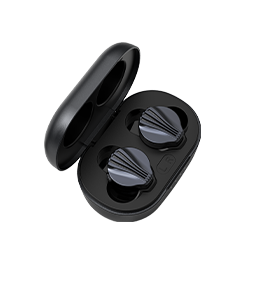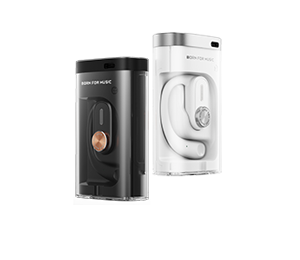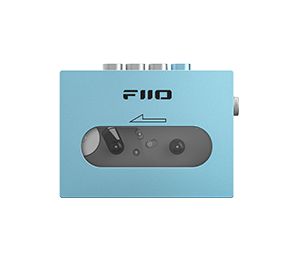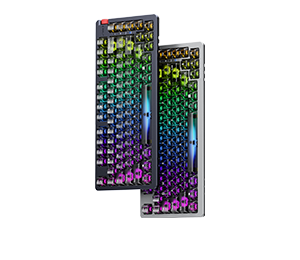Top Club-Feiao M11 Pro
Feiao M11has been out for some time. With its excellent hardware and systems, user experience close to foreign bricks, rich wireless and streaming media functions, and excellent cost performance, it has become a very popular choice in the high-end portable DAP market, and it often appears in my recommendations.
is not inferior to the top players with several times the difference in function and materials, such as DX220, Moju and SPK. The only factor preventing it from breaking through the positioning of "high-end player" and entering the ranks of "top player" is its weaker sound quality performance.
Therefore, on the basis of M11 hardware, Feiao has completely updated the audio architecture design and piled up materials crazily. It not only uses the luxurious DAC configuration of dual AK4497EQ, but also integrates Feiao's exclusive portable THX AAA earpiece module in AM3D and introduces it.M11 Prothis upgrade.
after nearly a week of trial, I can clearly say--M11 Pro not only represents the highest level in the history of Feiao products, but also reaches the quality standard of top-level portable players, becoming the ticket for Feiao to enter the top-level portable sound quality club.
in this article, I mainly start fromsound quality, I 'd like to tell you about M11 Pro.
Interests: The manufacturer sends the test.
M11 is at the end of M5
Qiu Zijie TuesdayQ: Mini Bucket-Feiao M5
icon
Qiu Zijie TuesdayQ: Pure but not pure-Feiao Q5S AM3D
icon
appearance, design and function:
M11 Pro and M11 are almost identical in these three aspects and inherit all the features. M11 is very familiar to everyone, so I won't talk too much. Put a few pictures and briefly summarize the advantages and disadvantages.



advantages:
1. Mobile phone grade workmanship and appearance materials, fine workmanship. The glass back plate and aluminum alloy middle frame control the weight well, which is much lighter than most competitors with all-metal bodies.


2. Mobile phone-grade SOC(Exynos 7872 is about the same as Snapdragon 625), close to the native Android 7.0 system, 5.15-inch full screen, smooth and sensitive operation.

3. Super connectivity, full format Bluetooth transmission, LDAC reception, Airplay, DLNA, USB digital output and OTG decoding, coaxial, LO. Except that there is no balanced LO (as if there is a black chrysanthemum at present), it can do everything the all-in-one digital broadcasting and decoding machine does.

4.3.5mm, 2.5mm and 4.4mm interfaces are complete, which makes up for the regret that AM3D does not have a 2.5mm interface. From then on, various adapters are no longer needed, which is very convenient.

5. You can seamlessly switch between Android mode and pure tone mode. The built-in Feiao Music APP is one of the best native players in the national brick. It has a simple interface, rich functions, smooth operation and smooth song management. At present, no malignant bug affecting the use experience has been found. [Shanling M6:Emmmmm...]...]
Disadvantages:
1. Samsung SOC has some compatibility problems.
2. Due to the limitation of Android system, AAC encoding cannot be received by Bluetooth, and iOS USB decoding cannot be realized.
3. Although the weight is light, the volume is slightly larger, and the eight top corners are too sharp, so they can only be put in a bag, which is not easy to carry around.
4. Occasionally, the standby power will be lost, about 40% a night, which should be a software bug. I hope the firmware upgrade can be solved later.
simple terms, M11 Pro has all the Feature a portable player should have.
let's go directly to the focus of this article-sound quality.

can see that compared with M11,Pro has replaced all sound quality-related components including DAC, ear amplifier, volume adjustment and clock system.
The upgrade of DAC from dual 4493EQ to dual 4497EQ is quite unexpected. After all, 4497EQ is AKM's dual-channel flagship, a top-level DAC chip second only to AK4499 and ESS9038Pro, and one is used on many desktop decoders. M11 Pro directly uses two pieces, one configuration with A & K SP1000, and the material pile is true enough...

a single 4497 improves the THD + N and 5db signal-to-noise ratio of 3db compared with 4493, and further improves if the two chips work in mono mode at the same time. This will significantly improve the purity, dynamic range and stereo crosstalk of the sound. Subjectively speaking, the background is darker, the sound bottom is cleaner, the density and hierarchy are better, and the sound field is wider.

I have already mentioned the THX AAA-based earring circuit in Q5S before.
here is a brief mention of why I bought AM3D ~
Because AM3D is an ear module of THX AAA architecture. THX AAA series is a newly developed amplifier design by industry giant THX. It uses a design combining the main amplifier circuit with the front feedback error correction auxiliary amplifier circuit. Whether it is output power or SNR, THD, IMD, Crosstalk and other indicators, it is extremely high.
I have heard of the Massdrop THX AAA-789 before and used the top amplification chip in AAA-789 series. The quality is ridiculously high, almost completely 0 dyeing, extremely clean, transparent, bright and delicate sound, and exaggerated 6000mw output power under 32 Ω... I have always thought that this product is the strongest single-ear amplifier I have ever heard, but because it is too difficult to buy in China, I have never started.
Therefore, I am very interested in seeing Feiao's AM3D with mobile AAA-78 chips. However, M11 cannot change the module (it is said that M11pro has changed the THX earring module), so there has been no plan to buy it. This is just right. Q5s + AM3D should be the cheapest THX scheme at present.
, I personally think THX AAA is the strongest earpiece design at present. The desktop MASSDROP 789, SMSL SP200 and portable AM3D that I have heard so far have completely the same sound characteristics-extremely transparent, clean, delicate and non-dyeing. THD, SNR, Crosstalk and other objective indicators also crush the traditional earring structure, the overall hearing is very positive and true.
[I'm looking forward to a THX desktop, but it's estimated that there's no chance, sales...]...]
the hardware part is finished, return to the actual sound quality performance.
M11 Pro is matched with a better earphone and a high-quality sound source, you can feel the difference from M11 and M5s mid-range players in one ear-this full, calm and distinct sound bottom usually only appears in top-level players or desktop systems.
M11 itself has a relatively straight frequency response, but the slight lack of 0-200 and 3k-8k frequency response gives it a "cold and thin" sense of hearing. M11 Pro obviously complements these two frequency bands, so the overall sound is very balanced, and any frequency band is not emphasized or weakened, so there is no cold or warm or tendency.
its low frequency is very full, the supplement of extremely low frequency increases the overall thickness of the sound, and the dynamic and dive are improved compared with M11. The neutral sense of quantity maintains the clarity of the middle and low frequency joints very well, and controls the low frequency that z1r overflows without paying attention to it very well.
intermediate frequency is a typical THX transparent line without any dyeing and distortion. The human voice and musical instrument are real and fresh, with moderate distance and delicate and transparent.
intermediate frequency and high frequency is the most obvious improvement of M11 Pro compared with M11. The frequency response of this frequency band directly determines the "analytical power and information volume" of listening 」. After supplementing the Low/Mid Treble, the overall details of the sound are much richer, and the overtones of the human voice and musical instruments are preserved more completely. In terms of the metaphysical vocabulary that I try to avoid, it is ''excellent analysis, high sound density, full of line sense, air sense 」.
is relatively bright at an extremely high frequency of about 10k, and dental sounds are easy to appear when matched with high-frequency bold headphones. The frequency response of 10-16k is very important to shape the sense of sound space. Most low-end players begin to attenuate from 14k, and the sound is easy to appear tight. M11 Pro began to attenuate from about 18k, giving the sound enough sense of space, and sufficient extremely high-frequency details also improve the gloss and permeability of the high-frequency part of the instrument.
judging from the frequency response, I can't find any fault. it is balanced and comprehensive.
The combination of dual DAC and THX brings extremely high signal-to-noise ratio and extremely low harmonic distortion. Translated into a very black background, the sound is calm and there is no sense of dryness. After the scene is complicated, it can maintain a very clear level, with fine junction and accurate positioning.

dual mono mode has very low stereo crosstalk. Under the balance port, it is matched with z1r, which has a strong sense of space. When listening to the classical MQA format, it can create a very delicate and three-dimensional sound field. Each sound element has space positioning in the front, back, left and right. With an open iSine20, the sound field performance is more open, and the whole person is surrounded by the sound field, with a strong sense of immersion.
thrust is still 32 ohms 550mw of AM3D, pushing any plug and most modern headwear is no problem. When the volume does not exceed 90, the dynamic reserve is very sufficient. Whether it is a metal scene or a movie, it can be held. There is no low-power clipping or THD soaring. The scalp can be fried on the upper side, and the ASMR can be used on the lower side. THX is really strong.

by the way, let's briefly talk about the filtering mode.
Remember a principle, slow drop = reduction, steep drop = increase residual sound, short delay = decrease front shake, increase back shake.
intuitively speaking, it means that the slow drop is close to the real sound, there is no extra resonance, and the sound is partial to the monitoring style. A steep drop will increase the residual sound before and after the sound, which will make the sound more exciting and more subjective details. The short delay will increase a little hufi on the basis of steep/slow, which is suitable for moving iron.
I prefer super slow descent, the sound is the most authentic. I like to stimulate the choice of steep drop, emphasizing the short delay of human voice, the short delay of classical choice of slow drop, and other people can explore by themselves.
to sum up, M11 Pro has the top quality and balanced tuning in portable players at present. Its voice is straight and straight, emphasizing details and levels. The earpiece part has bright performance.
compared with the top players with a price difference of 1.5~5 times, the quality is basically at the same level, and the tuning has its own characteristics. R2R2000 and SP1000 are thicker, Paw Gold Touch is thinner, and M11 Pro and DX220 are in the middle.
these top players, everyone has unique skills. Some have qualities comparable to those of machines, some have smaller sizes, some have 9.0 systems, some have top-level industrial designs, and some have faith bonuses.
However, M11 Pro only sells 4497. If it only depends on the cost performance, I don't need to say who should buy it.

https://weibo.com/ttarticle/p/show?id=2309404440490337501302 TuesdayQ Qiu Zijie11-19 23:54
TuesdayQ Qiu Zijie11-19 23:54



